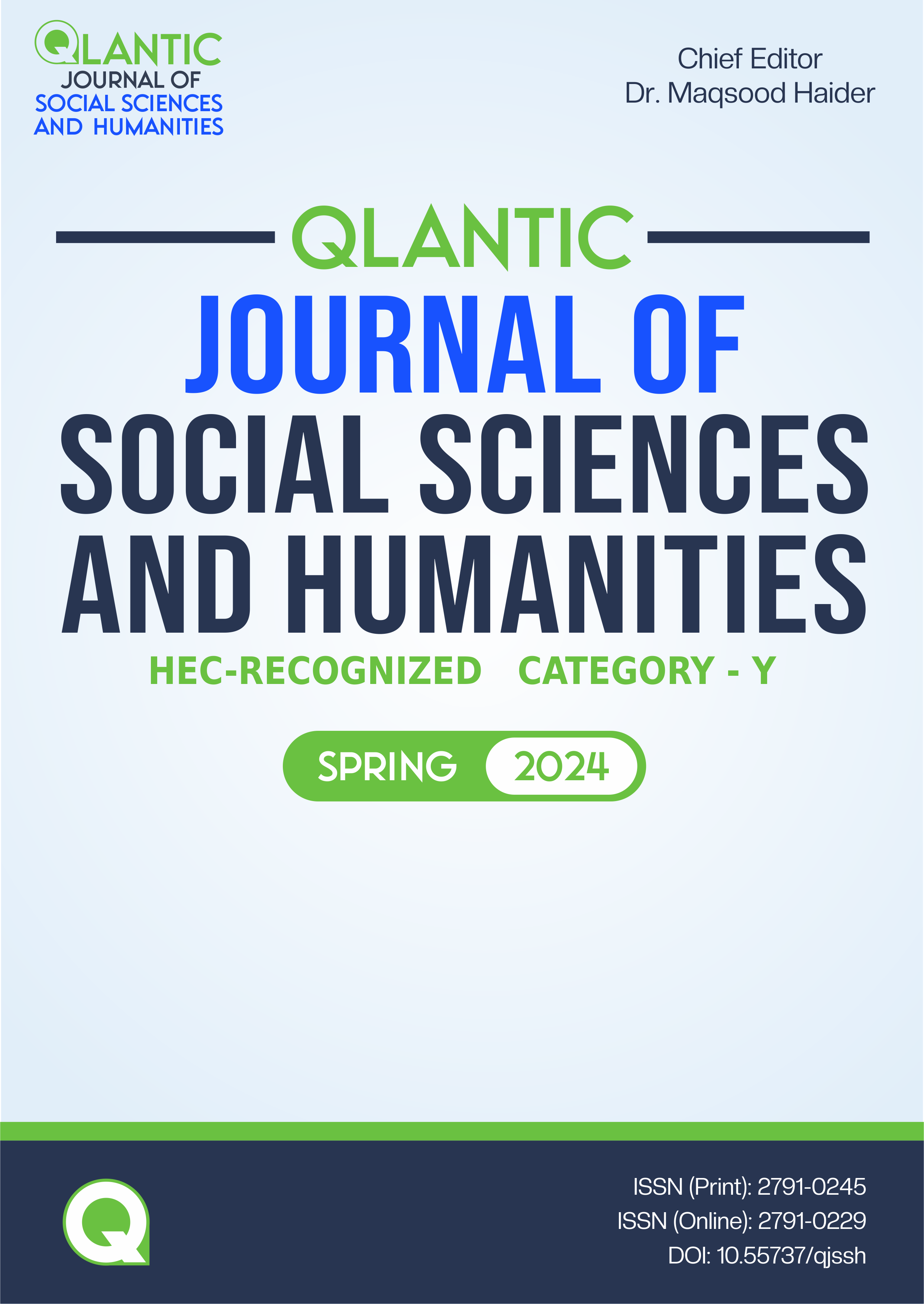Intergenerational Trauma in Joukhadar’s The Map of Salt and Stars and Alyan’s Salt Houses
DOI:
https://doi.org/10.55737/qjssh.838123433Keywords:
Alyan, Arab, Intergenerational Trauma, Joukhadar, TraumaAbstract
The study of intergenerational or multigenerational trauma is the locus of 21st-century fiction and non-fiction; however, few research studies dare to explore the contextual reality of this research scope. This present research analyzes the issue of intergenerational trauma in Jennifer Zeynab Joukhadar’s The Map of Salt and Stars and Hala Alyan's Salt Houses. With Michelle Balaev’s theorization of pluralistic trauma, this study focuses on the experiences of Arabs’ intergenerational trauma in selected novels and also on the contexts related to the trauma experiences. This article uses the textual analysis approach to support its conceptual framework that illustrates the context of war and displacement in different Arab states. The analysis of the two novels illustrates how trauma affects not only victims' lives but also their descendants' lives.
References
Abbey, E. (1990). Black Sun: A Novel.
Alyan, H. (2017). Salt houses. Houghton Mifflin Harcourt.
American Psychiatric Association. (2013). Diagnostic and Statistical Manual of Mental Disorders (5th ed.). American Psychiatric Publishing.
Balaev, M. (2008). Trends in Literary Trauma Theory. Mosaic: An Interdisciplinary Critical Journal, 41(2), 149–166. http://www.jstor.org/stable/44029500
Balaev, M. (2014). Literary trauma theory reconsidered. In Contemporary approaches in literary trauma theory (pp. 1-14). Palgrave Macmillan, London
Balaev, M., & Satterlee, M. (2012). The nature of trauma in American novels. Northwestern University Press.
Belsey, C. (1999). Critical practice (2nd ed.). Routledge.
Caruth, C. (2016). Unclaimed experience: Trauma, narrative, and history. JHU Press.
Denzin, N. K., & Lincoln, Y. S. (Eds.). (2000). Handbook of qualitative research (2nd ed.). Sage Publications.
Felman, S. & Laub, D. (1992). Testimony: Crises of witnessing in literature, psychoanalysis, and history. Taylor & Francis.
Hron, M. (2010). Translating pain: immigrant suffering in literature and culture. University Of Toronto Press.
Joukhadar, Z. (2018). The Map of Salt and Stars. Atria Books.
Lyon, T. J. (1971). Black Sun by Edward Abbey. Western American Literature, 6(2), 157–158. https://doi.org/10.1353/wal.1971.0026
Marder, E. (2006). Trauma and literary studies: Some enabling questions. Reading on, 1(1), 1-6.
McNally, R. J. (2003). Remembering trauma. Belknap Press of Harvard University Press.
McNally, R. J. (2005). Debunking Myths about Trauma and Memory. The Canadian Journal of Psychiatry, 50(13), 817–822. https://doi.org/10.1177/070674370505001302
Milich, S. (2016). Trauma in contemporary Arab literature: Translating oblivion. Routledge.
Neria, Y., Nandi, A., & Galea, S. (2008). Post-traumatic stress disorder following disasters: a systematic review. Psychological Medicine, 38(4), 467–480. https://doi.org/10.1017/s0033291707001353
Rothberg, M. (2000). Traumatic realism: the demands of holocaust representation. University Of Minnesota Press.
Vonnegut, K. (1969). Slaughterhouse-Five. Delacorte Press.
Published
Issue
Section
License
Copyright (c) 2024 Qlantic Journal of Social Sciences and Humanities

This work is licensed under a Creative Commons Attribution-NonCommercial 4.0 International License.





